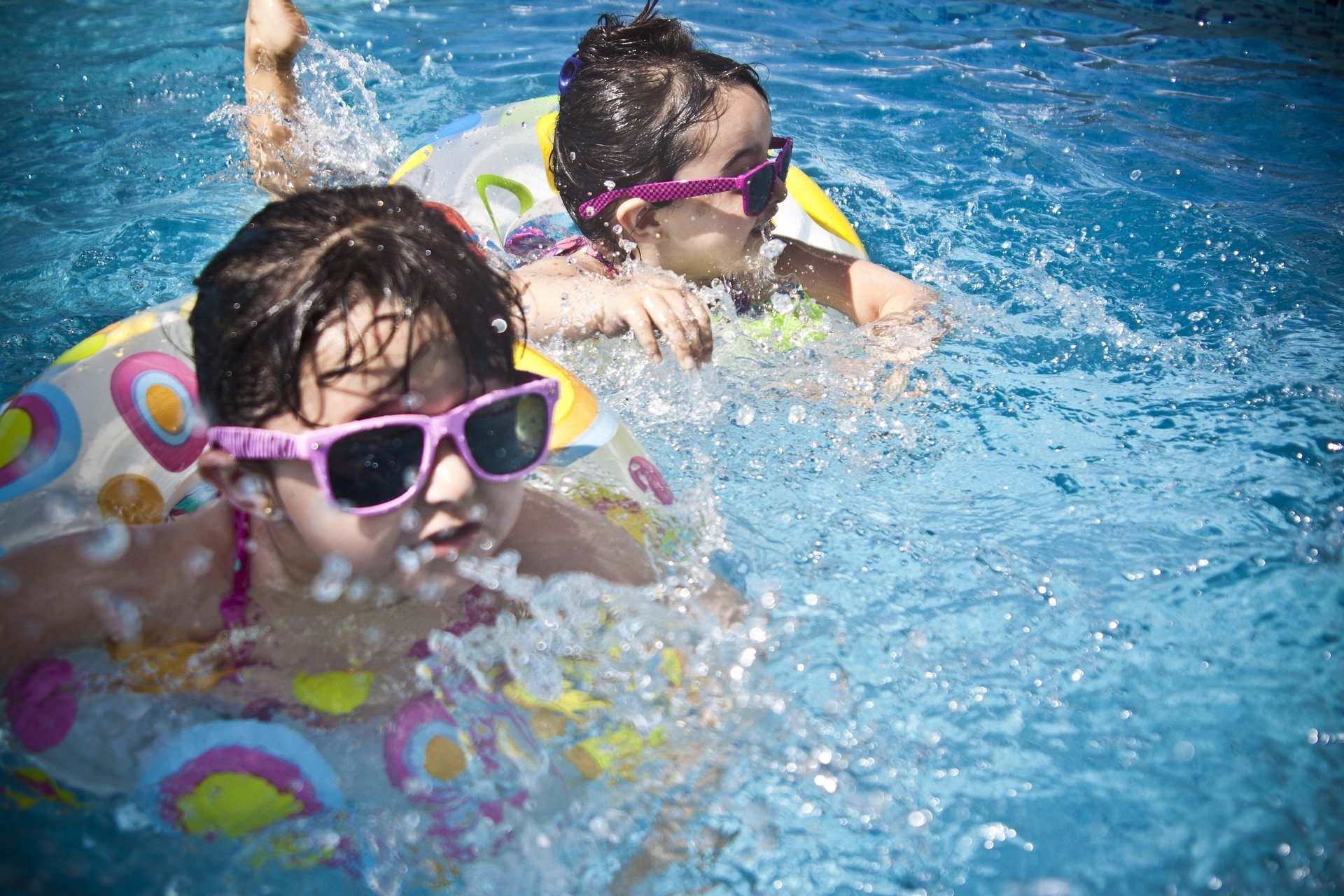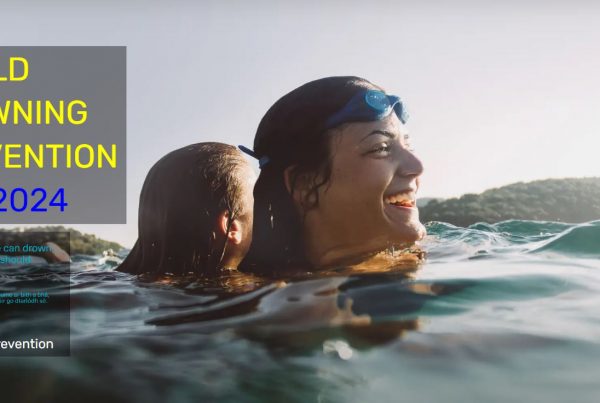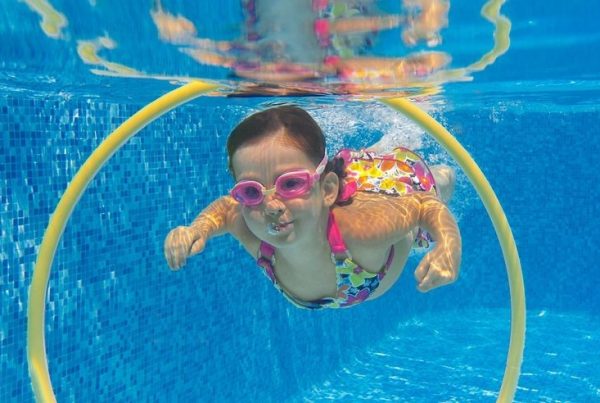
At today’s celebration of the International Water Safety Day, important organizations remind us the seriousness of the drowning pandemic around the world and recommend safety advices for the general public.
While we are trying to cope with the world pandemic of covid-19, we are approaching the summer season. A number of public health, sport and lifesaving organizations, joined their forces to raise a timely awareness for the general public and to remind how we may protect ourselves from drowning.
The International Water Safety Day (May 15) is a good opportunity to remember why drowning is a hidden and neglected cause of death. Some of its attributes that we should remember are:
- About 1.2 millions of intentional fatal deaths by drowning take place each year on the planet, i.e. one death per 30″ (International Life Saving Federation).
- Greece ranks 5th on fatal drownings within the 28 member states of the European Union (Eurostat 2016) και 39th among 119 countries (World Health Organization 2014).
- In each fatal drowning death correspond about 4-10 non-fatal that potentially may cause negative legal, social, personal, family, financial and professional effects to the victim, family, the aquatic facility, the lifeguard and the government (see Avramidis, 2009)
- The drowning victim rarely shouts for “help”. The drowning detection by a potential rescuer requires mainly a visible rather than an audible signal (Pia, 1970).
- If we are not within arms’ reach of our children anytime they are around water, we have gone too far (Royal Life Saving Society Canada, 2021).
- Submersion lasts about 1′ for adults and 20″ for children (Pia 1970), δηλαδή όσο μια τηλεφωνική κλήση ή η αποστολή SMS.
- “Internal noises” such as thoughts and emotions may distract the lifeguard’s attention (Griffiths and Griffiths, 2013).
- About 74% of drownings take place in locations in which there is no help. Precisely, it takes place in unguarded open beaches (65%) and in guarded beaches while the lifeguard was off duty (9%) (Safe Water Sports and Ministry of Maritime Affairs, 2017-2019).
- About 55% of drownings takes place within the first 3m, where the water depth is deeper than the person’s height (Stallman, 2008), 90% in the first 10m (Orlowski & Szpilman, 2001) and rarely beyond the 50m from the shore (Surf Life Saving Association Australia, 1985).
The need of the general public to swim in remote beaches to avoid close contact with others as a protective measure for covid-19, hides the danger of swimming in unguarded areas or in places that the lifeguard is off duty. Therefore, it is necessary for everyone to apply some basic safety rules like the following:
- Always supervise children in or near water bodies
- Swim close to the coastline
- Swim 3 hours after your last meal
- Do not drink alcohol
- Do not overestimate your abilities
- Follow lifeguard instructions
- Learn swimming and lifesaving sport
- Swim around “Catch a Breath” devices
This awareness is offered by the following organizations: Greek Lifesaving Sports Association, Water Salvation, Hellenic Olympic Winners Association, Hellenic Olympians Association, Fondazione Giuseppe Sciacca, Instituto di Studi Giuridici Economici e Sociali Internazionali, International Water Safety Day – May 15, Hellenic Navy Seals, Academy – Society and Sports, Princess Charlene of Monaco Foundation, Hellenic Olympic Committee, Hellenic Paralympic Committee, Hellenic Swimming Federation, National Public Health Organization, International Swimming Hall of Fame, International Life Saving Federation, International Federation of Swimming Teachers’ Association, Royal Life Saving Society Commonwealth.



